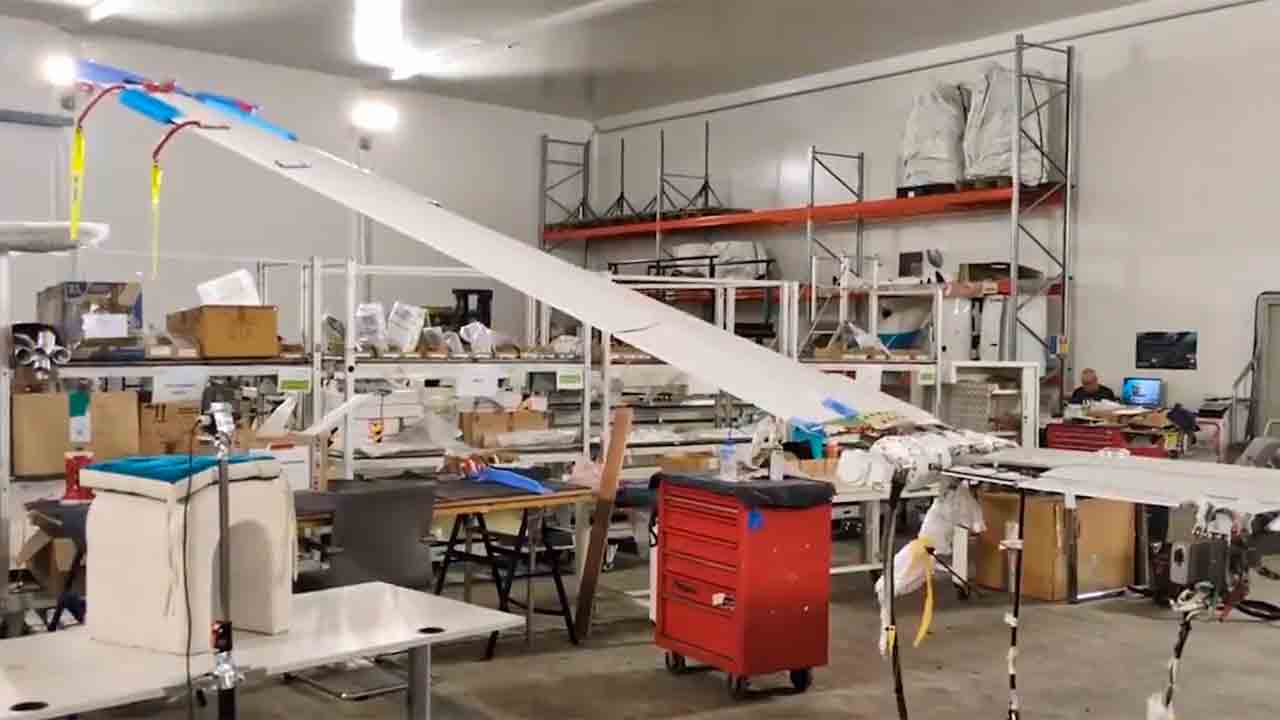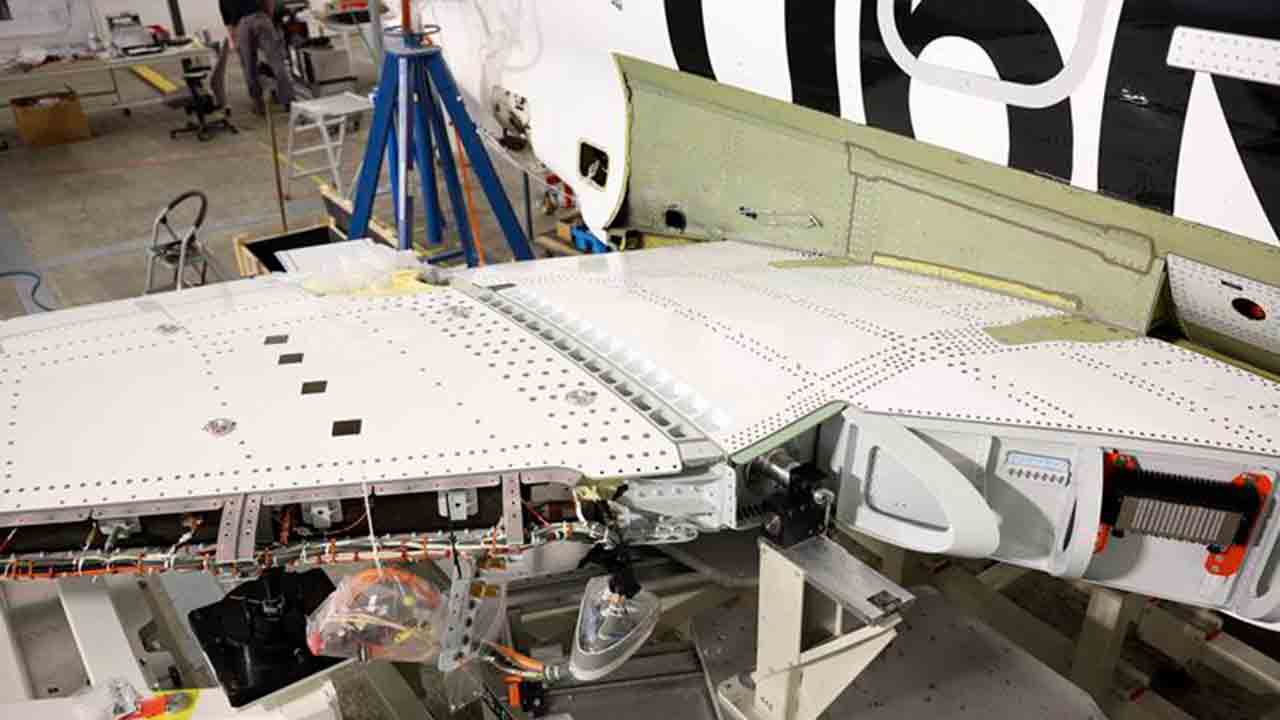Airbus released a video showing the installation of Extra Performance Wing Experimental Wing on a Cessna Citation VII executive jet, which will be transformed into a flying laboratory to validate new aerodynamic efficiency technologies.
The project is part of the Airbus Upnext program, which began in 2021, and seeks to develop innovative solutions for next -generation commercial aircraft.
+ Click here to see the video
The new wing draws attention for the great wingspan (17: 1) and folding ends. Its structure incorporates automatic relief systems inspired by biomimetics, capable of reducing weight and increasing fuel consumption efficiency.
Origin in the Albatrossone Project
Extra Performance Wing originates from previous Airbus research, such as Albatrossone, which tested articulated semi-eelastic wings. These structures, similar to sea poultry joints, could unlock on flight to relieve loads during gusts of wind or turbulence.
Installation and Tests on Soil

The adaptation work began in 2024, with the removal of the Citation VII standard wing and the installation of a special “transition block” that connects the fuselage to the new compound wing. After the final assembly in July 2025, the aircraft began testing on ground, including structural resistance checks, aeroelasticity and the performance of an unprecedented electrodynamic control system, which replaced traditional mechanics.
The first flight of the aircraft with the new ASA is scheduled for mid -2026, and the test campaign should extend to the end of the same year.
Active Control Systems

According to Sébastien Blanc, the project’s technical director, the main objective is not just to prove aerodynamic efficiency, but to validate the operation of active control systems. These include “Morphing” capacity and retractable spoilers, connected to wind gust sensors installed on the front of the aircraft.
Preparation for the future
The experimental wing is 20 meters of wingspan, but represents a reduced version of the future wing intended for narrow fuselage aircraft, which could reach 50 meters. This technology will be incorporated into the Wing of Tomorrow program, which will guide the next generation Airbus aircraft development.
With this project, Airbus follows the same trend as Boeing, which is already betting on larger wings of the highest wingspan to increase the efficiency of commercial aircraft.
Source and images: Airbus. This content was created with the help of AI and revised by the editorial team.


